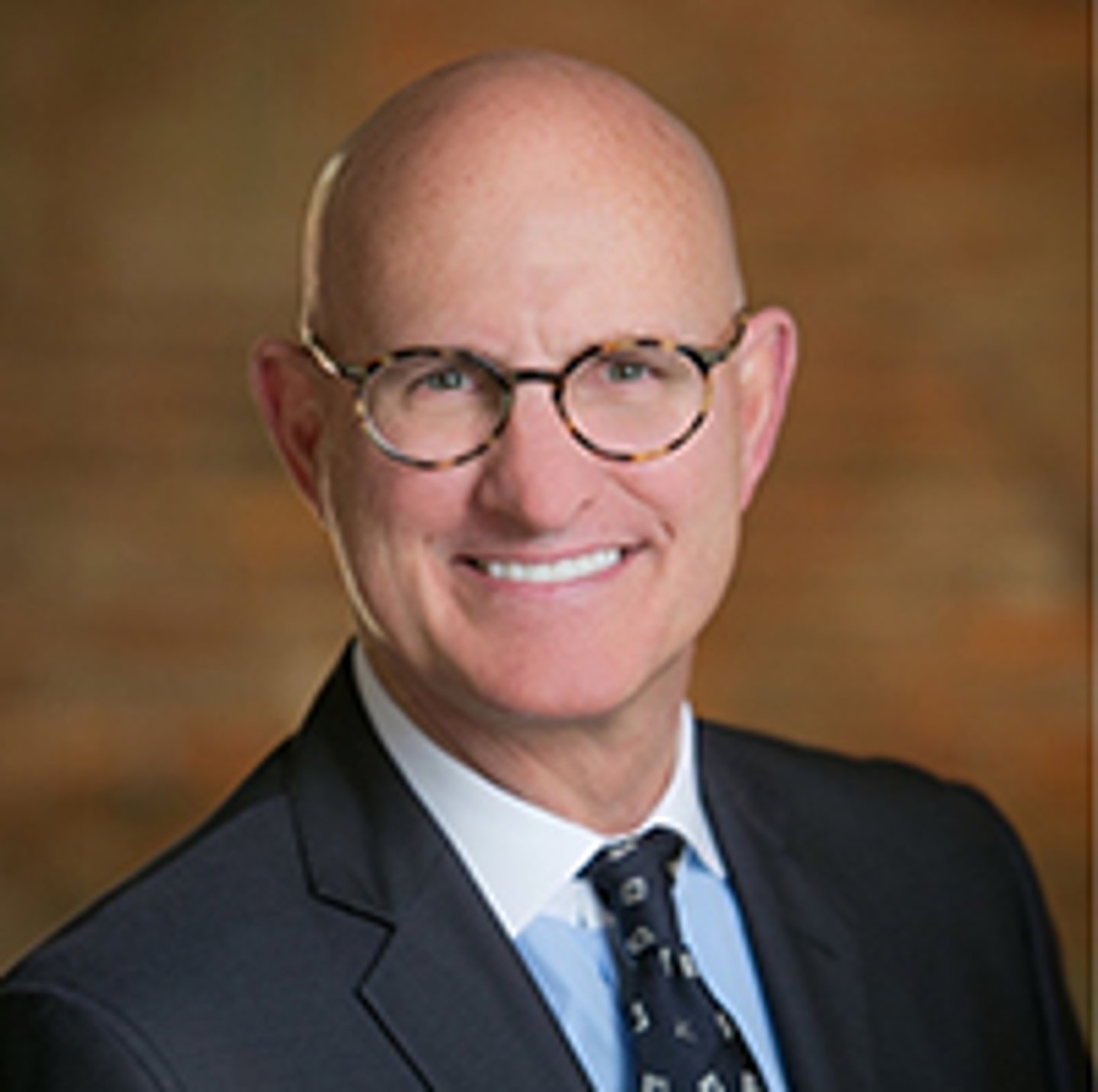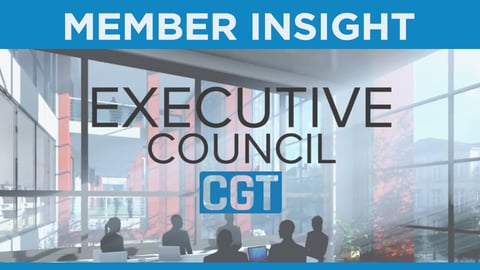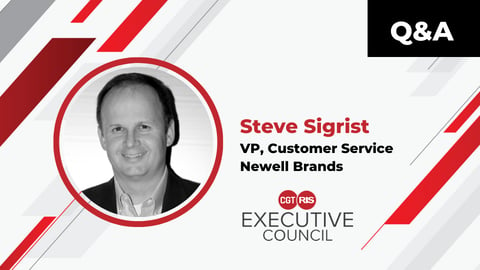The Simple Path Forward: Up Close with Oracle’s Michael Forhez
Spend some time with Michael Forhez, and you’re likely to find yourself in the middle of a brainstorming session, perhaps even an existential discussion, without even realizing it.
With more than three decades of diverse consumer goods and retail experience that bridges the retail/supplier chasm, the global managing director of consumer markets at Oracle’s Industry Strategy Group draws from this unique perspective in his pursuit to transform the CG industry through open dialogue and constructive debate.
We spent some time chatting with Forhez, who also serves as a co-chair of the CGT/RIS Executive Council, about what may be the most exciting and challenging consumer the industry has ever been responsible for serving.
CGT: Let’s start with some of the things you’ve learned during your career that have shaped your current view of retail.
My career began as a district manager for Revlon, which was a great start as I was responsible for a four-state territory, including 12 distributors. I learned my trade craft from real pros in those early days, but also from the very consumers my company sought after.
I learned not just how to sell to professional buyers, but how to understand the hopes and dreams of the end-user; meaning, that the promise of my product lay in what beauty meant to the person buying it, not necessarily, certainly not only, me or anyone else. That’s the difference between selling and serving, by the way!
EC Member Shares
How long have you been with Oracle?
Four great years, come this April!
What new habit or hobby have you picked up during the pandemic?
I’m a tour biker and will be shooting for 75-100 mile weekend rides, starting in April. I have a 2022 goal to bike across the U.S.
Where are you looking forward to traveling once it becomes safe to do so?
My partner, a Duke Professor of Cultural Anthropology, and I had moved to Venice, Italy, just before the pandemic, expecting to be there for five months. We left prematurely and are hoping to renew that project this or next year.
Favorite Netflix/Amazon/Hulu binge series?
We just finished Sherlock with Benedict Cumberbatch. Lots of fun. We just started Queen Sono, featuring a super cool woman playing a James Bond character in South Africa.
What are you reading right now?
Trustworthy – How The Smartest Brands Beat Cynicism And Bridge The Trust Gap by Margot Bloomstein, and The Inspirational Leader by Gifford Thomas.
Retail was quite different back then, equal parts theater, service and promise, all within an established, often opulent, department store or salon. Today we’ve an expanded range of ways and means to serve an ever more connected, demanding and discerning shopper. A shopper who can shop from anywhere and at any time. A shopper who has product information at their fingertips. A shopper, that if they’re an “influencer” can, and will, tell the world what they think of that product, with the whole world listening and likewise deciding.
The days of temporary price reductions, in-ads, and “stack-it-high, watch-it-fly” are no longer, by themselves, sufficient to entice. Retail has come full circle through a period of mass manufacturing, distribution and marketing, to a point where a comprehensive customer experience now sets the stage for a more interesting, useful and authentic buyer-seller relationship.
Notwithstanding an historical and challenging moment in this sector, I think this may well be the most exciting time for retailing in a generation as we explore new processes and emerging technologies, including direct-to-consumer with personal digital assistants, the deploying of IoT connected devices, AR/AI, edge computing and frictionless commerce. Each of these technologies has already changed what it means to sell and serve. Together, they will set off a revolution and revitalization of the retail landscape we are only just beginning to see and appreciate the contours of.
CGT: You’ve frequently spoken and written about the black swan of retail. How does that align with today’s environment?
To paraphrase Leo Burnett marketing legend, Rishad Tobaccowala: “The future does not fit in the containers of the past.” What worked in solving for yesterday’s or today’s challenges will not necessarily work tomorrow or the day after that, which is where incrementalism lives, and that’s no longer enough. As leaders and managers, it’s important we not only think “outside the box” but to also think in “new boxes.” This is where visions come into focus, where breakthroughs are made manifest, and where fortunes are built.
Taleb’s Black Swan thesis, which I regularly invoke, brilliantly reminds us that big things are actually happening all the time. The question is if we are taking notice of them, while trying to figure out how to take advantage of, or defend against them.
A year ago, for example, many retailers made adjustments in their layouts, attempting to guide shoppers more safely by using single direction aisles, with some setting special hours for seniors. Useful to moment, these represented only stop-gap measures. Since then, we’ve seen the accelerated adoption of buy-online-pickup-in-store, the use of lockers, and a far greater reliance on home delivery. Coming around the corner a few are now testing a front end with no cashiers. Think about that for a moment, as it wasn’t that long ago we thought the scanner, replacing a cash register, was a big deal!
Today, we are faced with a global pandemic we hope is coming to a close. That said, not all businesses will survive this moment in time, either through a lack in resources and/or their ability/willingness to adapt. Others seeing an opportunity, moving quite aggressively, are re-imagining what the store of future looks like this very day.
A Black Swan event, whether positive or negative, and however improbable, presents both unexpected opportunities and attendant risks. Our ability to understand this, indeed our very capability in dealing with it, determines our resiliency and that opportunity.
CGT: The balance of power between retailers and manufacturers has shifted a bit. What is the path forward in order to arrive at success for both side — and what’s needed in order for retailers and suppliers to collaborate more effectively?
From the beginning of my career, to the present day, I’ve been in the middle of an effort that seeks to resolve the natural tensions between trading partners. Whether through the use of empirical evidence which guided early category management work (think GMROI), or for marketing and promotion spend (think MMM and TPO), we have, for the most part, been able to manage our differentiated agendas, be you brand/supplier or wholesaler/retailer.
What’s different now is a deeper recognition of the consumer and our serving of them, vs the extent to which the closed loop of the trading partner relationship served itself. As well, private labels have now risen up to claim their rightful place as alternatives to national brands, not just as value differentiators, but often as products every bit as good, in some cases superior to, their opposites.
As for the great brands we grew up with, know and love, they too have adapted to the times by seeking a one-to-one relationship with the consumer through branded social media platforms and DTC offerings.
The path forward is actually quite simple if both parties are willing. It rests in recognizing that whomever the consumer/shopper is, wherever they live or work, at whatever life stage they are, and need state they may have, we — all of us — are obligated in making their world better.
We must share, then, what we know — about them and about each other — that we might serve our true purpose. We must work for continuous improvement, not only for our bottom lines, but in the satisfying of every household. We must recognize that the world requires, and consumers are coming to expect and demand, that we are committed to sustainable practices that ensure no harm, value for the long term and efficacy for all. We must be more than we’ve been, to make the difference we can.
It’s a brave new world!





